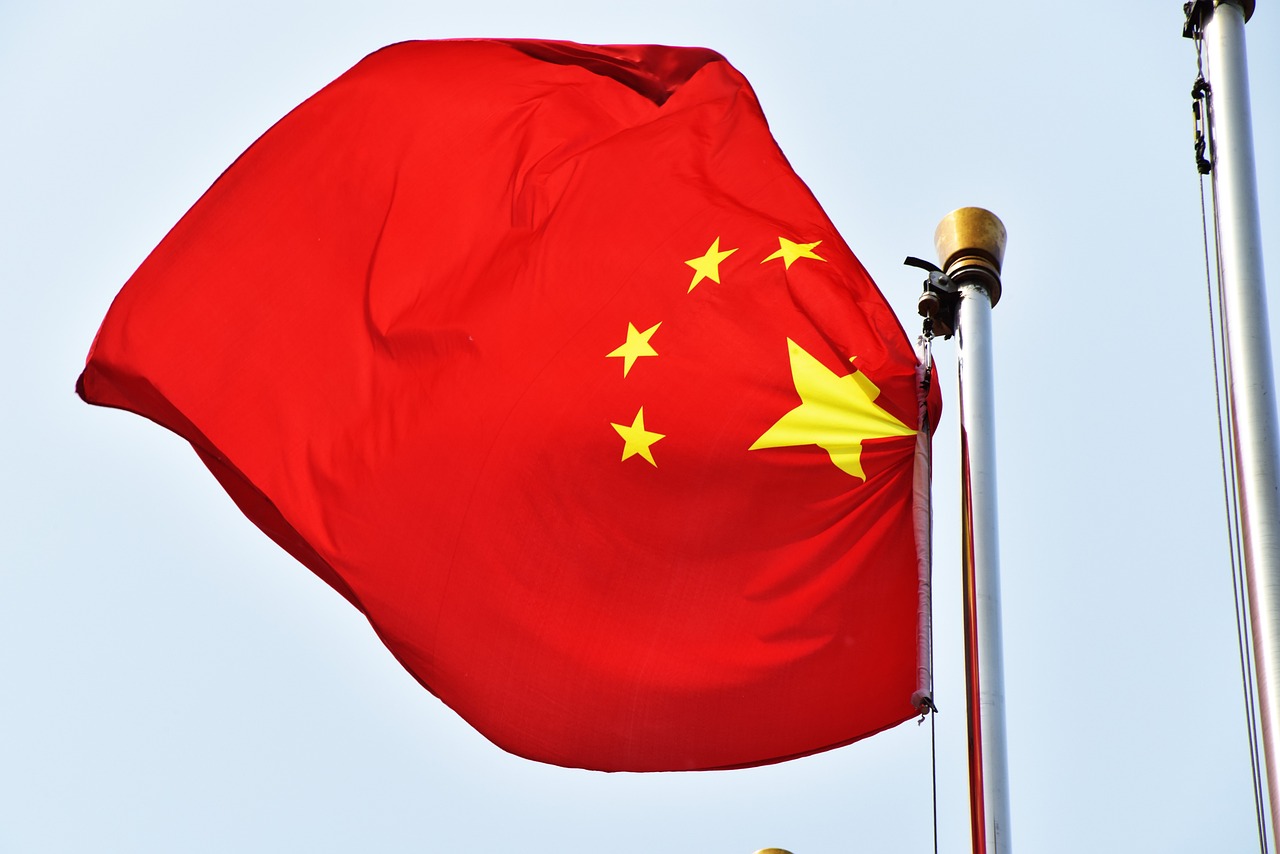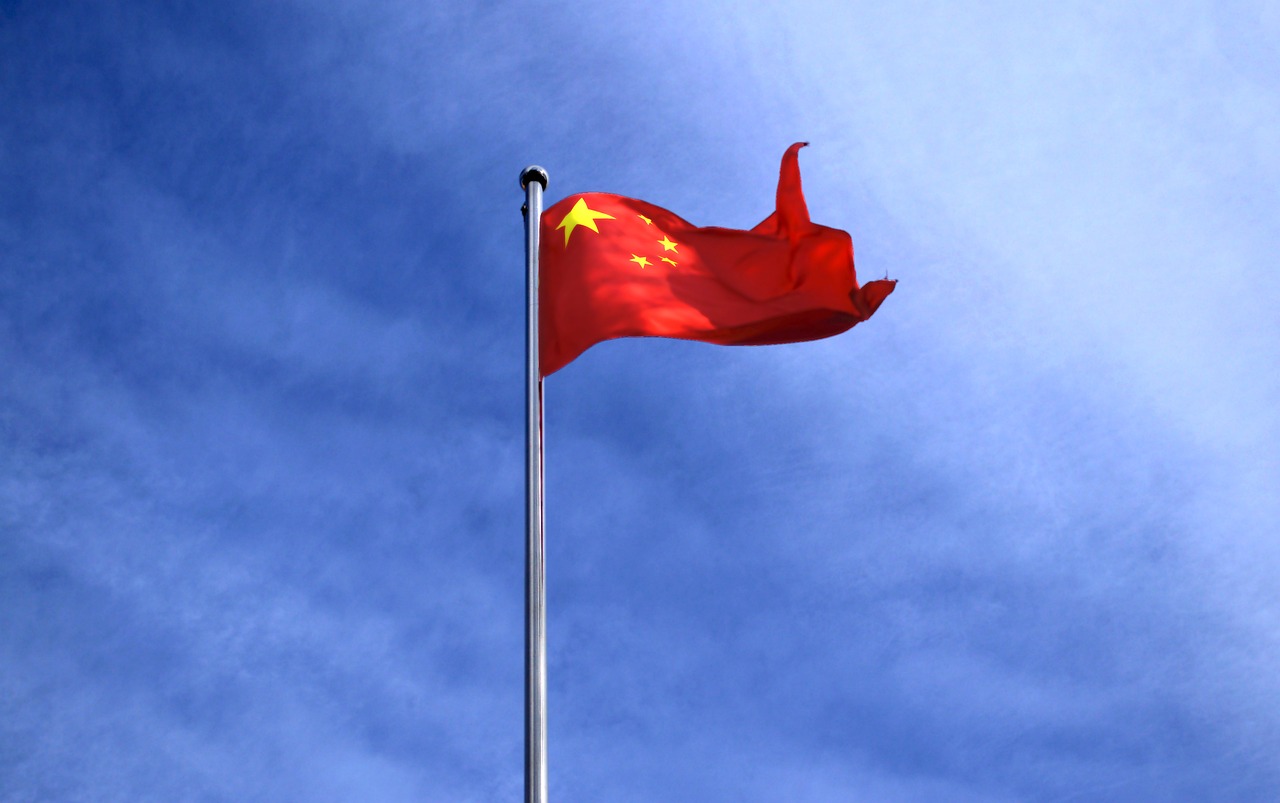Four months ago, China’s leaders unveiled a plan to boost the economy by subsidizing consumers looking to replace old cars and household appliances. However, the initial outcomes have been less than impressive.
Only 113,000 cars qualified for trade-in subsidies by June 25, which is a tiny fraction considering the country’s monthly car sales exceed two million. Similarly, buyers of new appliances are offered modest discounts of around 10%, varying by city, which has not been enticing enough to drive customers to stores.
The manager of an appliance store in Jingdezhen, Dai Yu, noted that if the incentive is not deemed necessary, people are unlikely to actively seek out old appliances to participate in the program.
The concept of using financial incentives to bolster consumer spending is not new. In 2009, countries like the United States, Germany, France, Spain, and Austria initiated “cash for clunkers” programs to encourage car sales. China itself had previously implemented tax cuts and subsidies to promote the purchase of new cars and household appliances, resulting in a significant surge in sales.
However, the current strategy in China is facing challenges due to stringent eligibility criteria and limited funding. The responsibility for the appliance program has been largely delegated to provincial and local governments, many of which are burdened by debts and are hesitant to offer more substantial subsidies. In contrast, the central government, with fewer financial constraints, covers 60% of the car subsidy costs.
Consequently, the initiative has not effectively addressed one of China’s major economic issues: weak consumer spending. This has led to factories seeking more customers overseas, triggering trade tensions and restrictions by governments in various regions, including Europe, the United States, and developing countries.


















